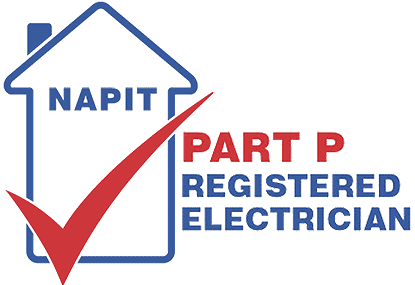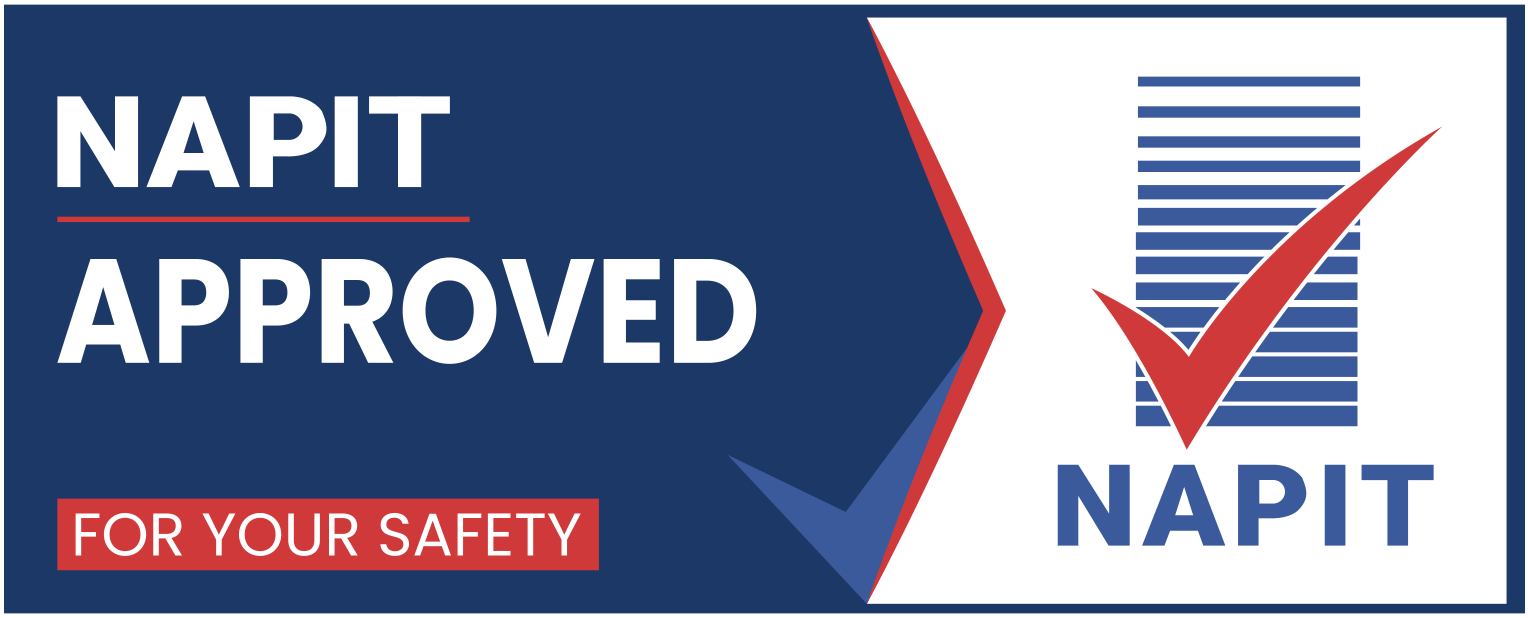Understanding the intricacies of electrical systems is crucial for the safety and efficiency of your home. In the UK adherence to BS7671, while not a statutory standard, is used to ensure electrical installations are safe to use. When it comes to electrical safety, earthing and bonding play pivotal roles. We'll delve into the specifics of these concepts based on the UK electrical wiring standards: BS7671.
Earthing Essentials
- What is earthing? It involves connecting exposed conductive parts of an electrical installation to the conductive mass of earth. This connection serves as a safety measure, providing a path for any fault current and therefore
allowing the fuse or protective device to operate. - In the UK we have three main types of earthing. These are: TN-S, TN-C-S, and TT.
TN-S:
T = direct connection to one point to Earth (Terra)
N = direct electrical connection of exposed conductive parts to the earthed point of the power system (this is typically the neutral point at the transformers in the street).
S = protective function provided by a conductor separate from the neutral conductor or from the earthed line conductor (usually the lead outer sheathing is used as the separate earth conductor).
TN-C-S:
T = as above.
N = as above.
C = neutral and protective functions combined in a single conductor (PEN conductor).
S = as above. At the fuse cut-out provided by the Distribution Network Operator (DNO) the earth conductor is taken from the neutral connection block, hence they're separated (S) into two conductors at that point.
TT:
A TT system has only one point of earth connection at the source (transformer in street, suppliers side). The exposed conductive parts of the installation are connected to an earth electrode independent of the suppliers system. The earth electrode is usually a stake or rod driven into the ground near the DNO cut out fuse. Neutral and
earth are completely separate through out the installation.
Bonding Basics
Bonding is the intentional connection of metal parts to prevent dangerous potential differences.
Also known as equipotential bonding, this connects exposed conductive parts to extraneous conductive parts so that they're at substantially the same potential.
An exposed conductive part is defined in BS7671 as being: a conductive part of equipment which can be touched and which is not normally live, but which can become live under fault conditions. This includes the metal housings of appliances, metal consumer unit enclosures, metal sockets and switches, metal decorative lights.
Extraneous conductive parts is defined as a conductive part liable to introduce a potential, generally earth potential, and not forming part of the electrical installation. This includes water, gas and oil pipework, structural steel work in contact with the ground.
Compliance with BS7671
Section 411.3.1.1 details the requirement to have a protective conductor to each exposed conductive part, in other words every circuit and point of utilization requires an circuit protective conductor (cpc).
Extraneous conductive parts are required to be connected to the Main Earthing Terminal.
Protective devices shall be installed in the live conductors to automatically interrupt the supply in the event of a fault between live and exposed conductive parts or protective conductor in the circuit.
BS7671 specifies minimum disconnection times, minimum conductor sizes and other factors to insure the automatic disconnection of the supply (ADS).
Best Practices and Tips
It’s important to have any installation work carried out by a qualified electrician who knows the requirements of BS7671 when it comes to earthing and bonding. When having an EICR carried out the bonding to extraneous pipework is checked for continuity and soundness of mechanical connection. The incoming supply is tested to
ensure it’s within acceptable parameters and has a good earth connection. Circuits are tested to be sure the cpc is continuous and connected, especially where metal lights and switches are fitted.
Examples
In the event of a fault to earth, on an exposed conductive part where the circuit protective conductor isn't present , the metal parts will become live, eg shoving a fork into a toaster. There’s a risk of electric shock if those parts are touched. If the cpc is connected when there’s a fault to earth, the fault current will flow through the cpc.
This will cause the protective device to operate as the fault current is much higher than the devices rated current.
A plumber makes some adjustments to, and replaces part of the mains water pipe where it enters the property. He fails to replace the protective conductor and bonding strap to the mains water pipe entering the property. In the, admittedly rare, instance that the water pipe work becomes live, whether from a loose connection or damaged
insulation, the pipe work will be live and present a potential risk of electric shock. If the protective conductor and bonding strap were reinstated properly then when the pipework becomes live there will be a path to earth, allowing the fault current to operate the protective device of the faulty circuit.
Conclusion
In the world of electrical installations, earthing and bonding form the backbone of safety and functionality. By understanding and adhering to the standards outlined in BS7671, you're not just ensuring compliance; you're safeguarding your home and its occupants from potential electrical hazards.
If you think you have an issue with the earthing or bonding in your installation then please contact a qualified electrician. It may be the case that an Electrical Installation Condition Report is required. Remember, an understanding of earthing and bonding contributes to a safer, more reliable electrical infrastructure for dwellings in Bourne.
If you have any further questions about earthing and bonding or would like a a qualified electrician to inspect your property, contact us here at DSJ Electrical Services.







